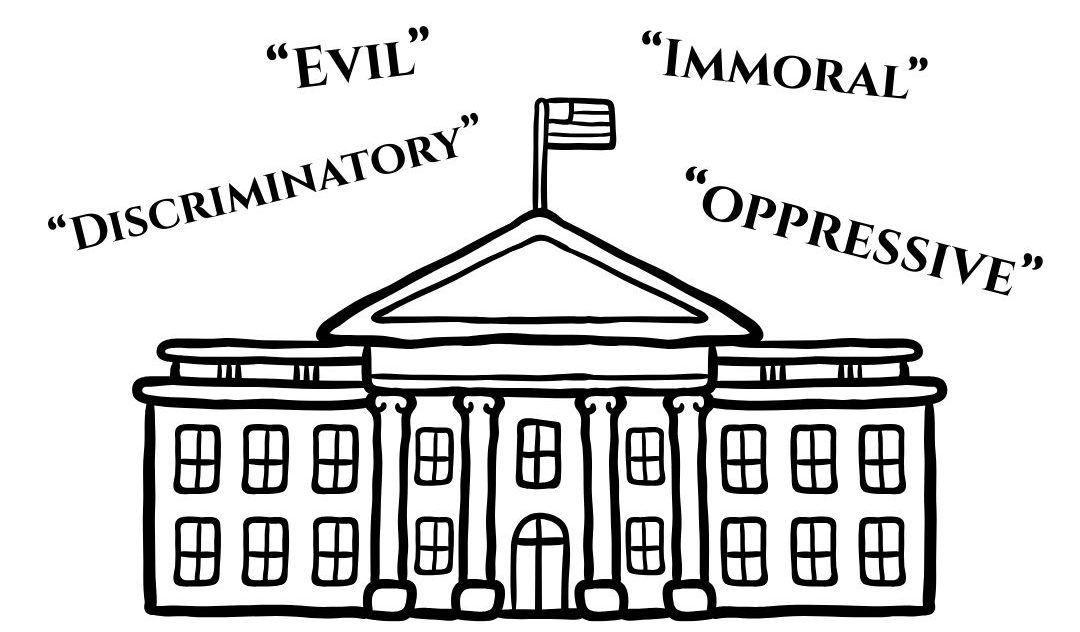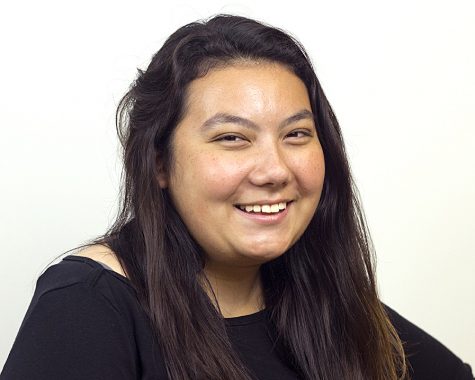Enrollment down by five percent
September 10, 2017
Eastern’s total enrollment has gone down from 7,415 in fall 2016 to 7,030 in fall 2017, making for a five percent decrease from last year’s numbers.
This is the university’s lowest fall-to-fall headcount decline in six years.
“That means (enrollment has) gone down every year in the last six years…we’re not satisfied with that,” said Eastern President David Glassman. “We see that as now we’re getting to that plateau and we can turn that around and start building higher and higher enrollments.”
The total number of first-time freshman at the university is 634, with 1,178 transfer, 383 first-time graduate, 179 returning and 4,656 continuing students.
This means while freshman numbers did decrease, transfer numbers went up by 19 percent, graduate students increased by 30 percent, and international undergraduate student enrollment went up by 2 percent.
In a press release, university officials blamed the two-year state budget impasse, a smaller pool of high school graduates to recruit from and a statewide decrease in overall higher education enrollment for the total decline in enrollment.
Though the budget impasse did end in July, this was too late to make a difference in the Fall 17 enrollment cycle.
“Students already made the decision on where to go, so (the budget) didn’t help us with Fall 17 enrollments, but now that a budget is in place, I think fall18- that’s the place where we’ll see this bump,” Glassman said.
Projected numbers for Fall 18 include a 328 percent increase in new freshman, 123 percent increase in new transfers, an 83 percent increase in new freshman applicants and a 42 percent increase in new transfer applicants. Included in this is a 367 percent increase in new freshman admits to the honors college.
Josh Norman, associate vice president of enrollment management, said the passing of a budget tells students that Illinois higher education is a viable option.
“The narrative is changing on campus— people feel the inertia that’s being generated by this marketing initiative,” Norman said.
Though there is “no question” that with lower enrollment comes lower tuition dollars for the university, Glassman said the university had a balanced budget last year and will continue to have a balanced budget this year.
“There is money in our budget to do our marketing initiatives — we think the marketing initiatives are going to be difference in getting students to Eastern next year,” Glassman said.
These initiatives include collaboration with the Thorburn Group, with more media buys such as TV and Internet ads.
Other initiatives are more one-on-one, personalized communications with students.
“Six months ago, the president asked me do you think we’ll get over 7,000? And I said ‘No way’” Norman said. “But it’s because of strategic partnerships with high school and community colleges and the work undergraduate admissions has been doing that we did it.”
Numbers increased a little “later in the game” because these partnerships with schools were forged later in the enrollment cycle, Norman said.
“With nine months on the job, Norman could only start having an impact on seniors for this enrollment cycle.
However, he said he is taking time to establish these relationships with underclass high school students for future cycles.
“When recruiting, if you’re doing it right, you’re talking to students from when they’re a sophomore or junior,” Norman said. “If you are a university like Eastern and you are just talking to high school seniors never going to reach your enrollment goals.”
Print materials are being made specifically for juniors and seniors and the freshman communication plan is being worked on to become more targeted.
“A big piece of this upcoming approach is personalization,” Norman said. An example of this is that when students express interest in a certain academic or extracurricular area on campus, they will materials based on this interest.
With a Return on Investment Report, Norman said his office will look at all the initiatives they have used in the past to see which ones worked and which one did not, and base what they do moving forward on that.
“Data drives everything we do,” Norman said. “What’s really valuable is what students who are attending are telling us; moreover, what students who are not attending are telling us.”
Cassie Buchman can be reached at 581-2812 or cjbuchman@eiu.edu




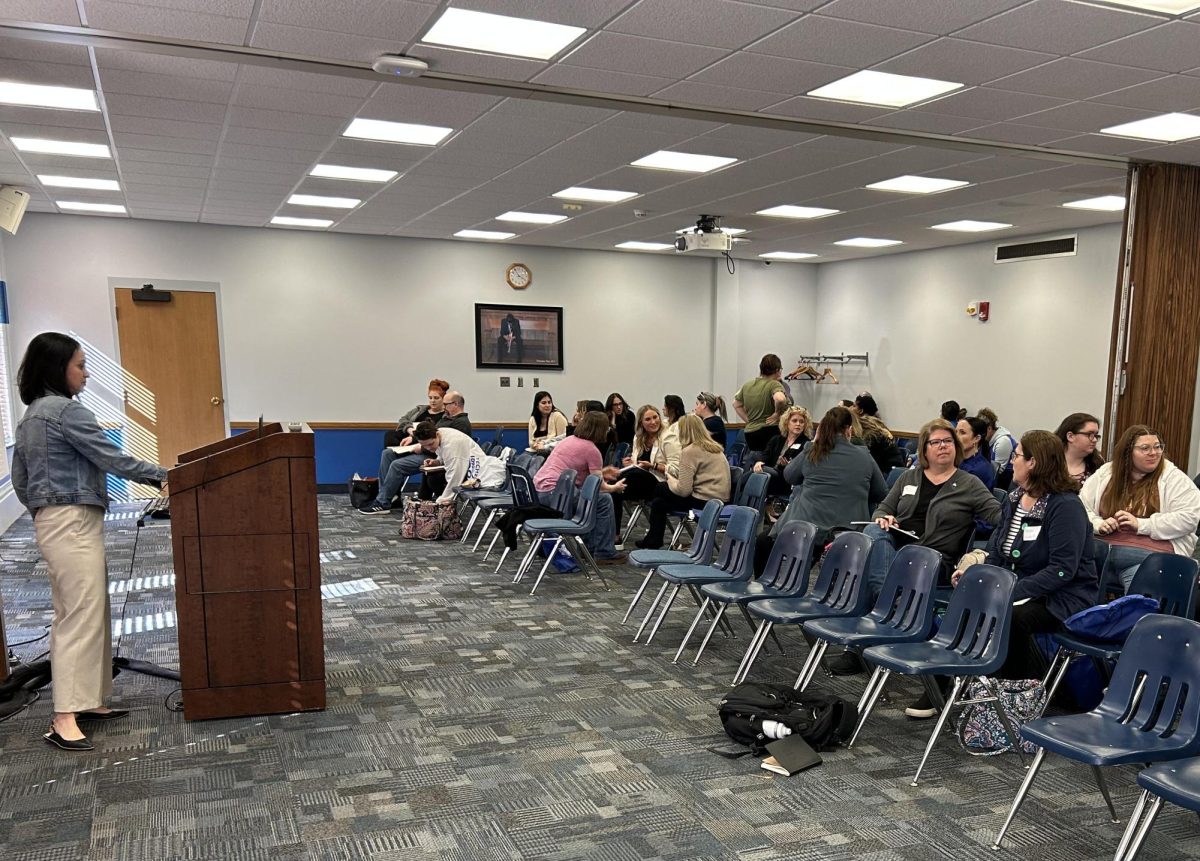

![[Thumbnail Edition] Eastern Illinois softball senior infielder Briana Gonzalez resetting in the batter's box after a pitch at Williams Field during Eastern’s first game against Southeast Missouri State as Eastern split the games as Eastern lost the first game 3-0 and won the second 8-5 on March 28.](https://www.dailyeasternnews.com/wp-content/uploads/2025/04/SBSEMO_11_O-1-e1743993806746-1200x692.jpg)



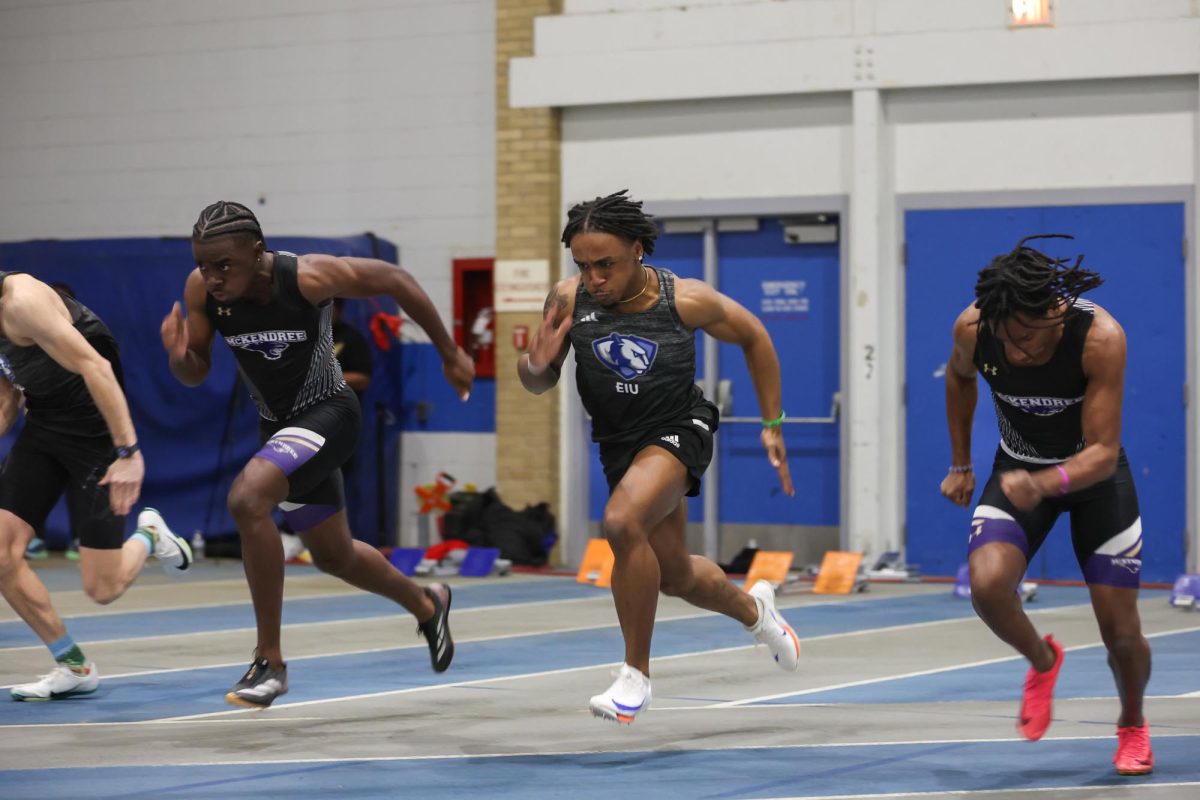

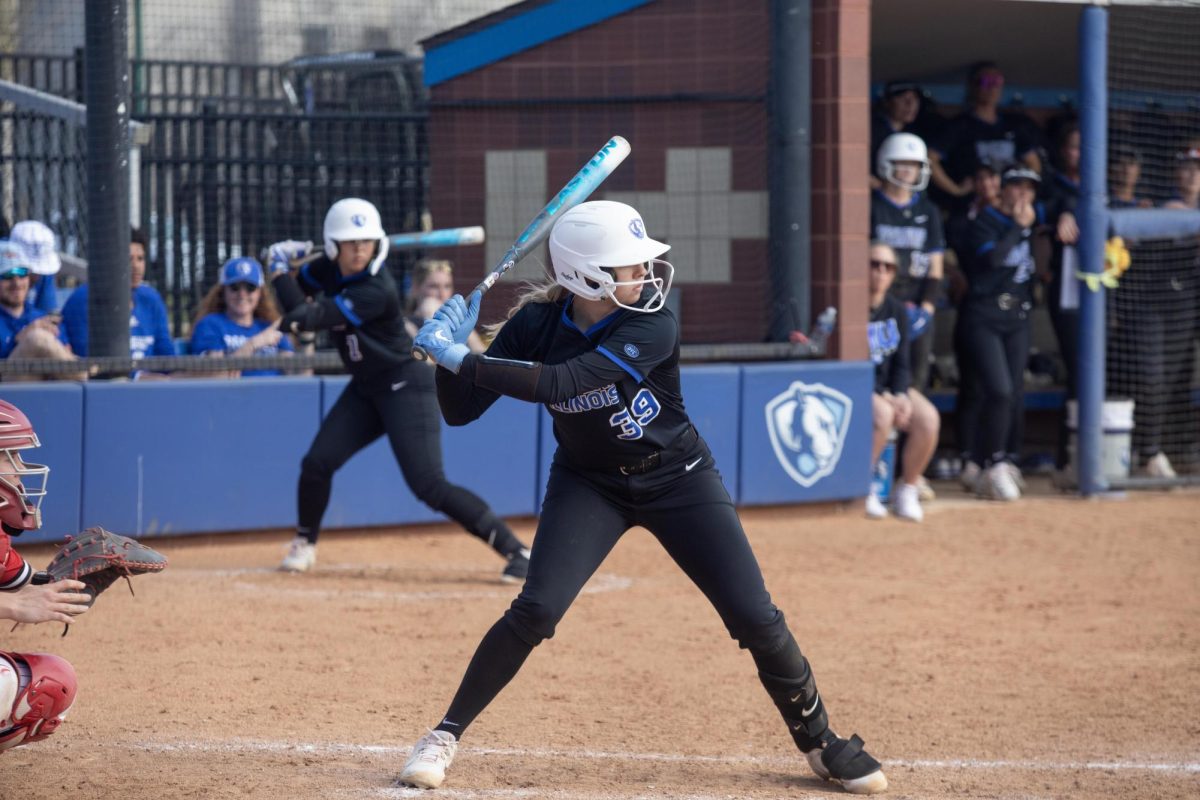
![[Thumbnail Edition] Junior right-handed Pitcher Lukas Touma catches at the game against Bradley University Tuesday](https://www.dailyeasternnews.com/wp-content/uploads/2025/03/MBSN_14_O-e1743293284377-1200x670.jpg)
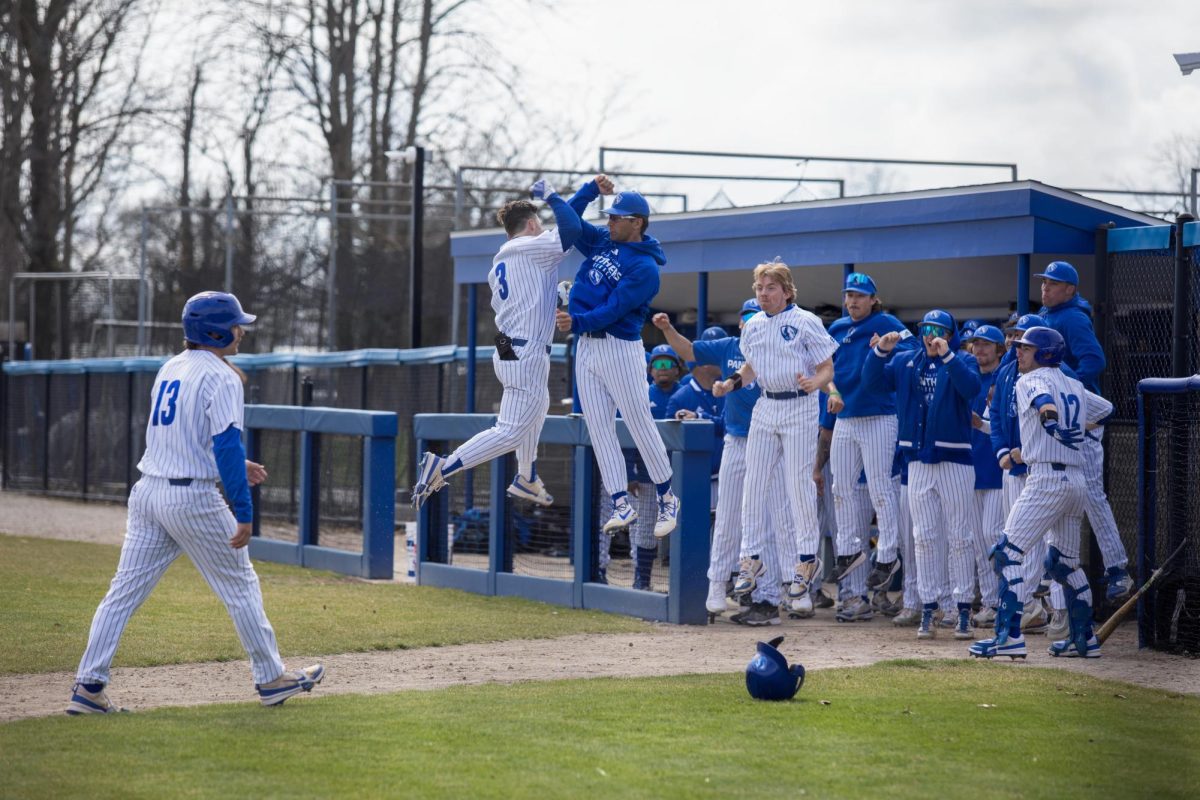
![[Thumbnail Edition] Senior Foward Macy McGlone, getsw the ball and gets the point during the first half of the game aginst Western Illinois University,, Eastern Illinois University Lost to Western Illinois University Thursday March 6 20205, 78-75 EIU lost making it the end of their season](https://www.dailyeasternnews.com/wp-content/uploads/2025/03/WBB_OVC_03_O-1-e1743361637111-1200x614.jpg)













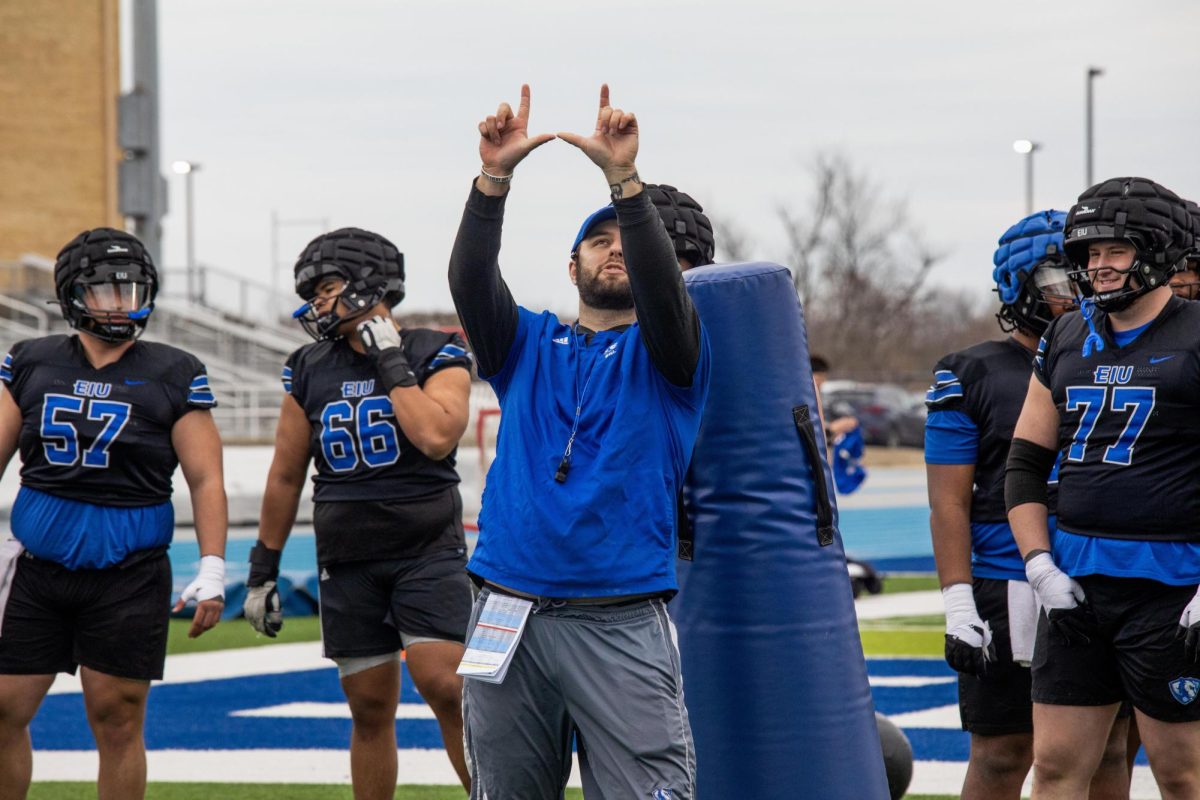








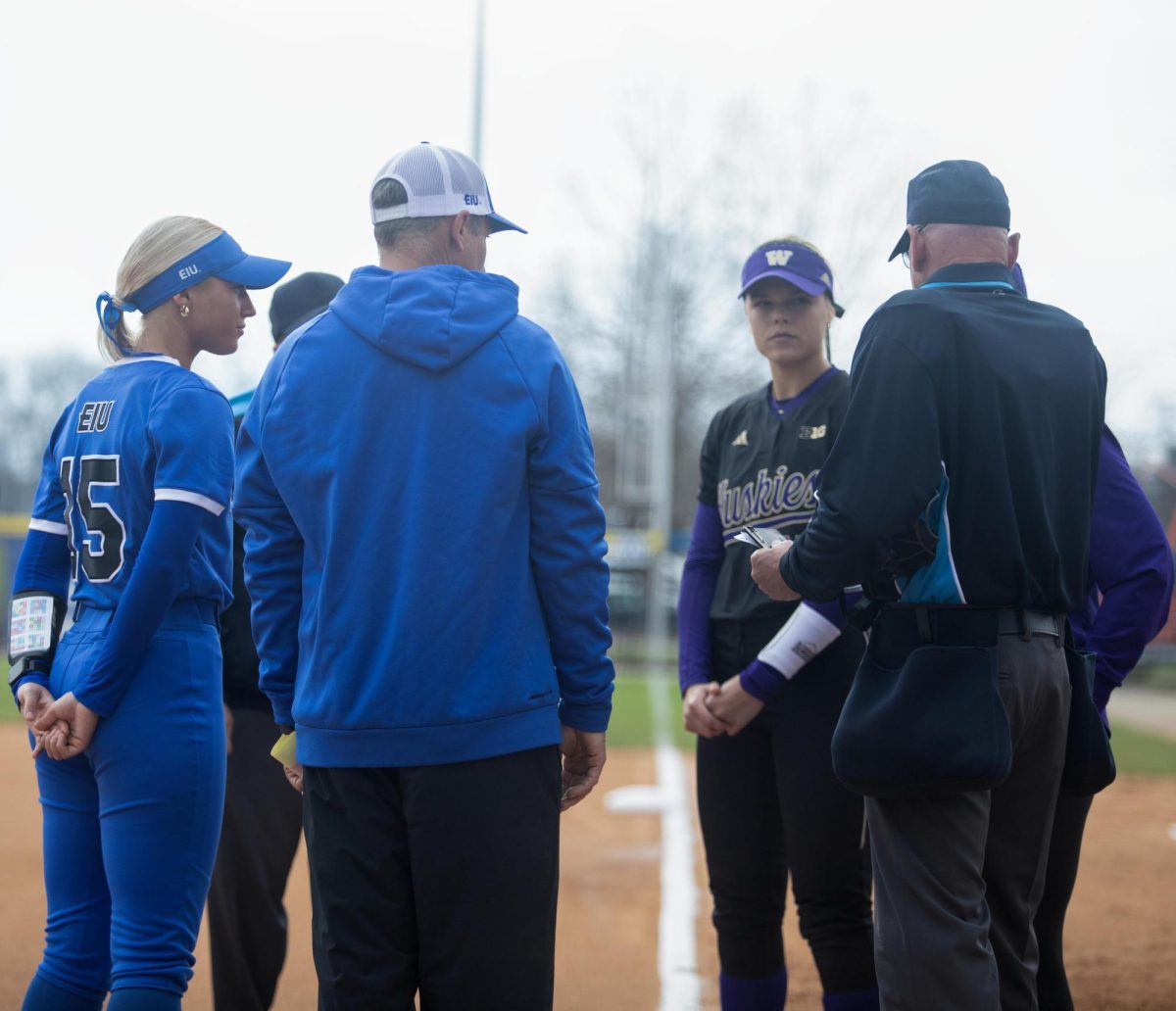
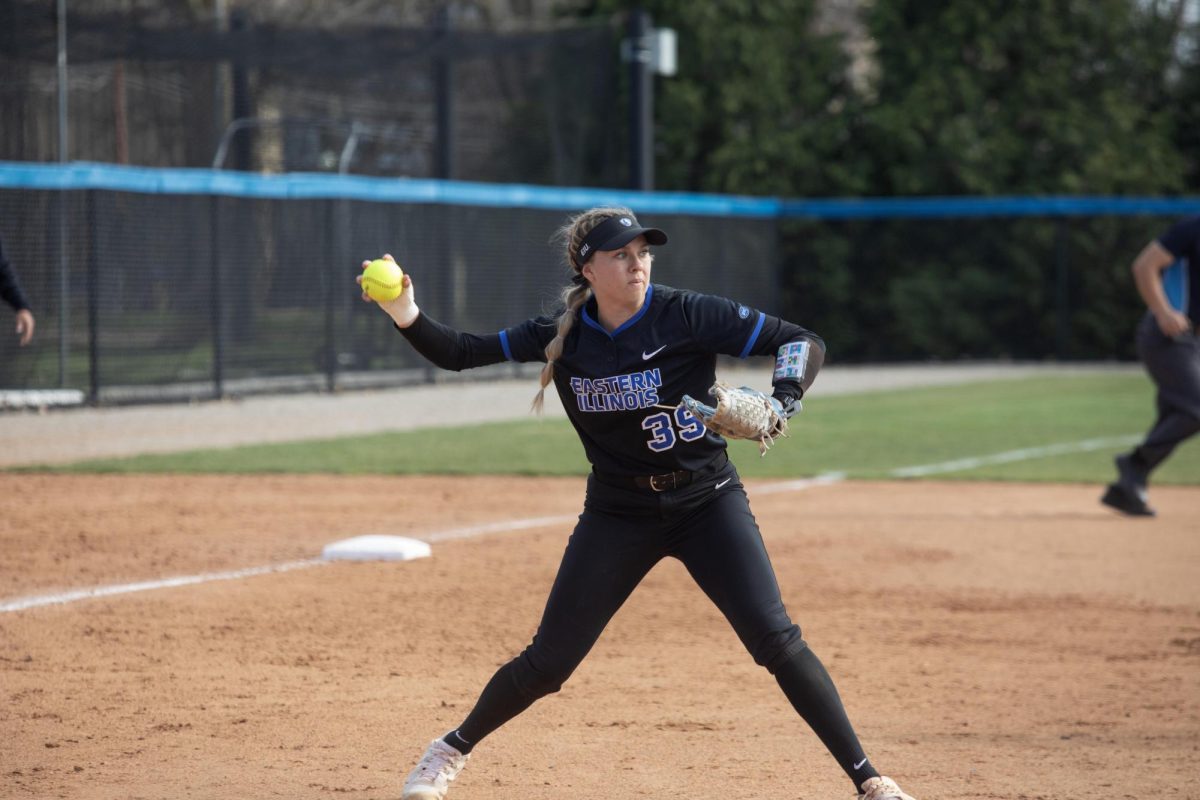














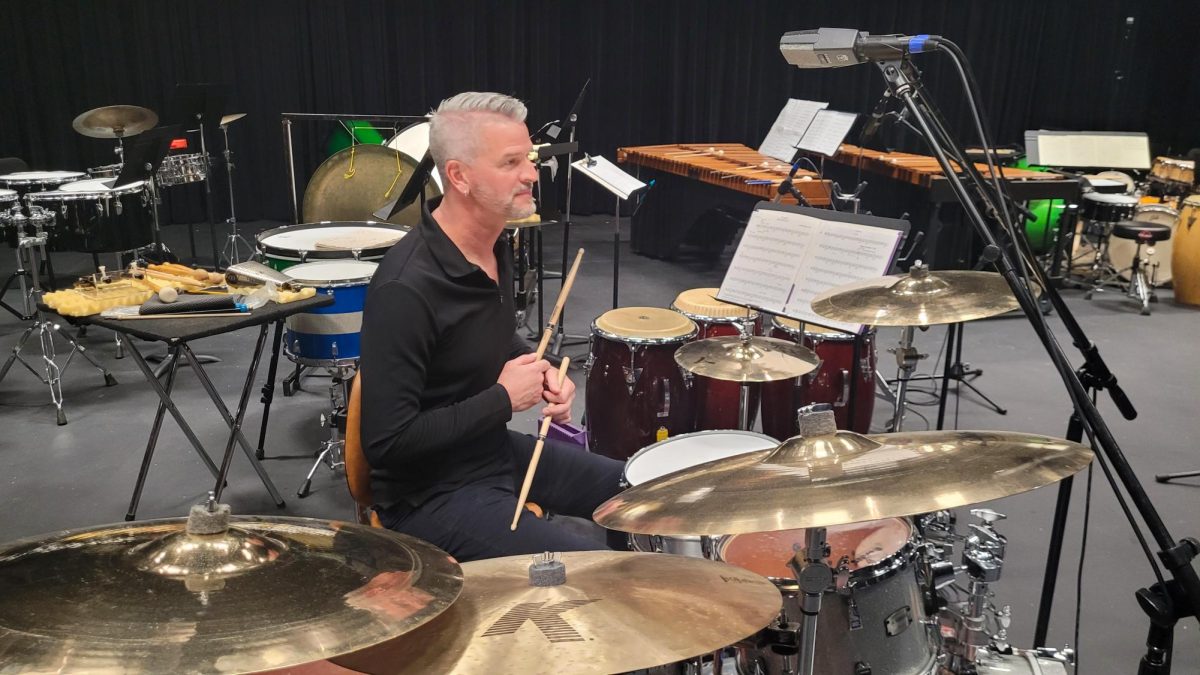
![The Weeklings lead guitarist John Merjave [Left] and guitarist Bob Burger [Right] perform "I Am the Walrus" at The Weeklings Beatles Bash concert in the Dvorak Concert Hall on Saturday.](https://www.dailyeasternnews.com/wp-content/uploads/2025/03/WL_01_O-1200x900.jpg)
![The team listens as its captain Patience Cox [Number 25] lectures to them about what's appropriate to talk about through practice during "The Wolves" on Thursday, March 6, in the Black Box Theatre in the Doudna Fine Arts Center in Charleston, Ill.](https://www.dailyeasternnews.com/wp-content/uploads/2025/03/WolvesPre-12-1200x800.jpg)

